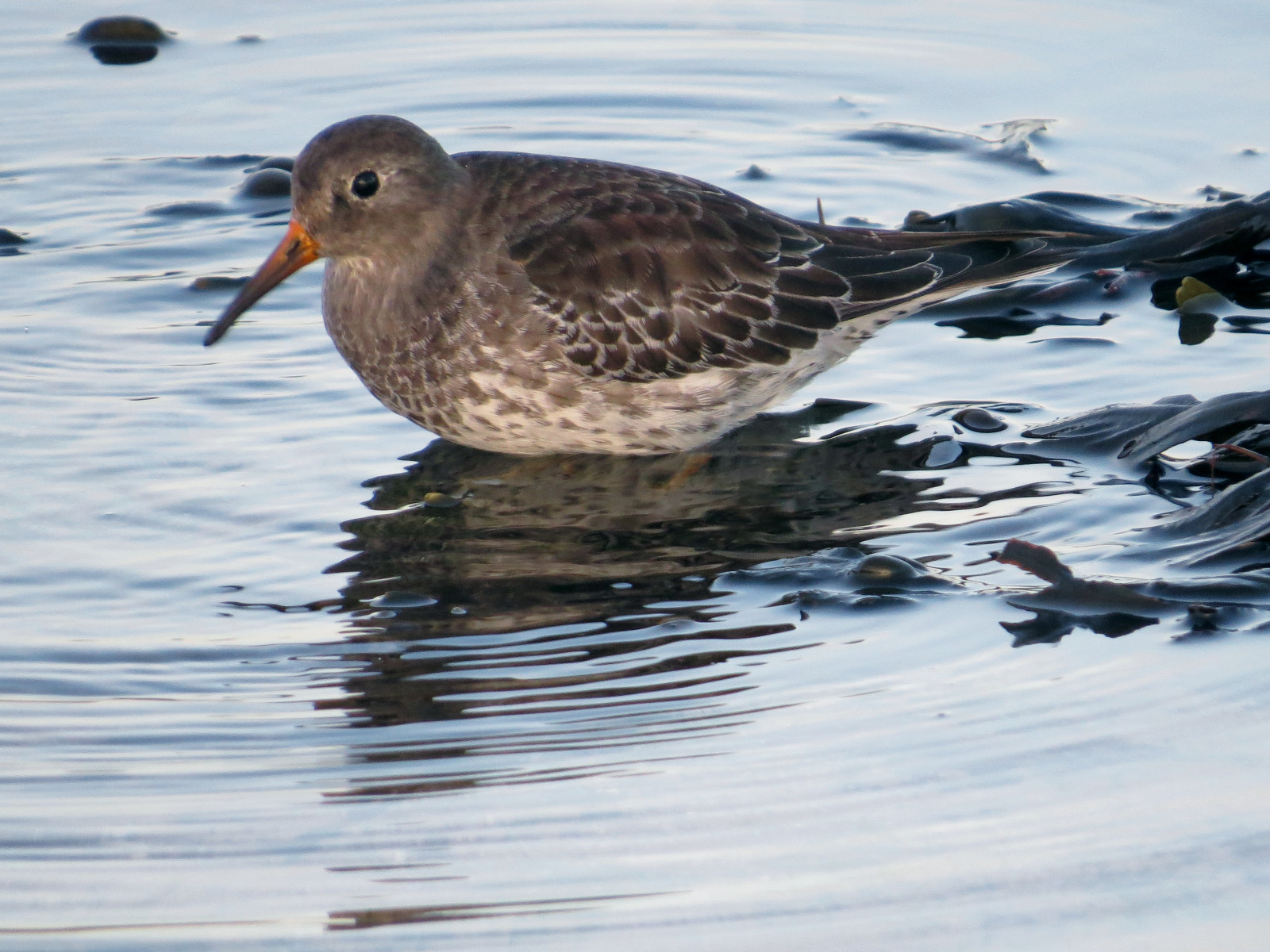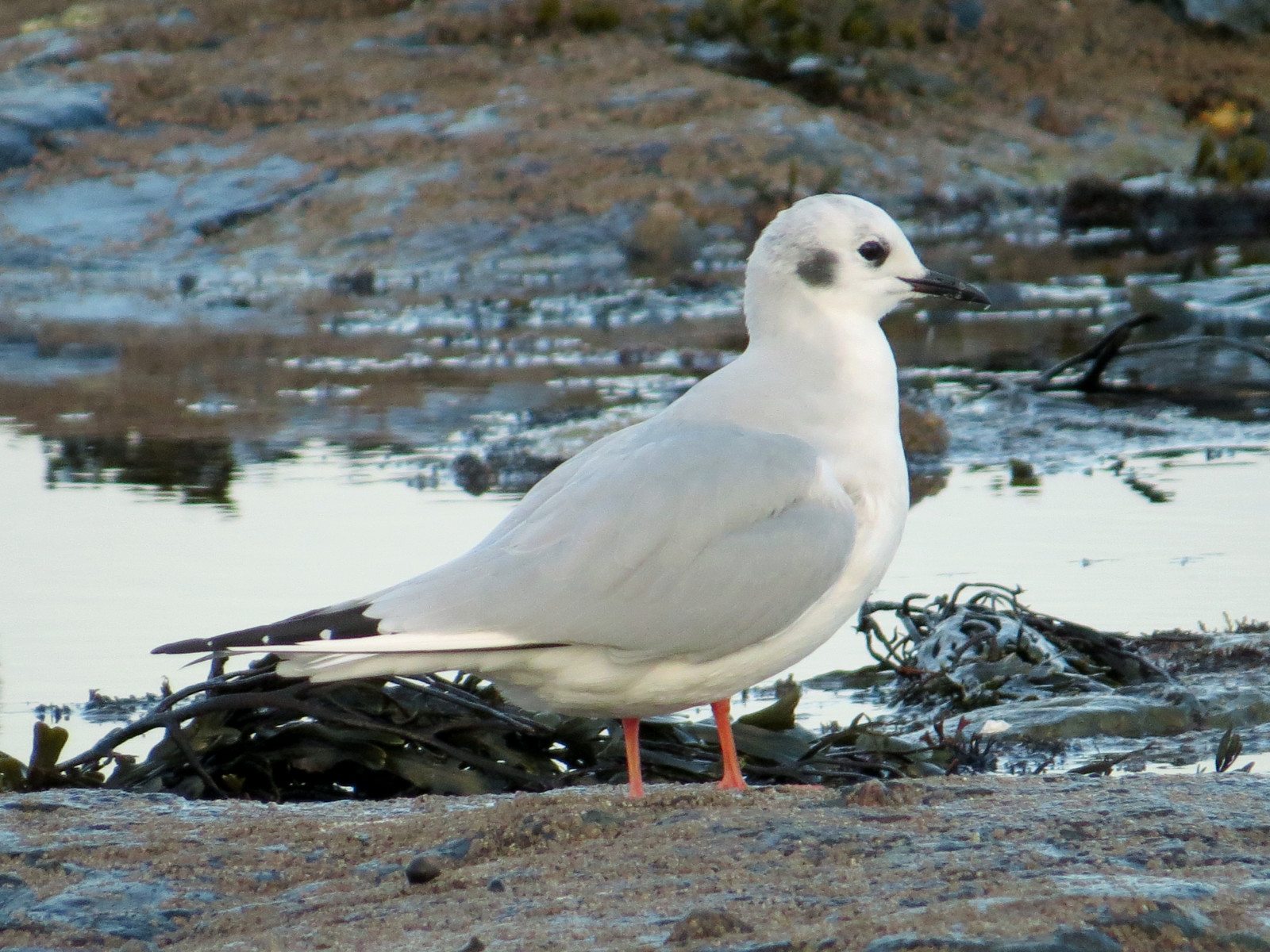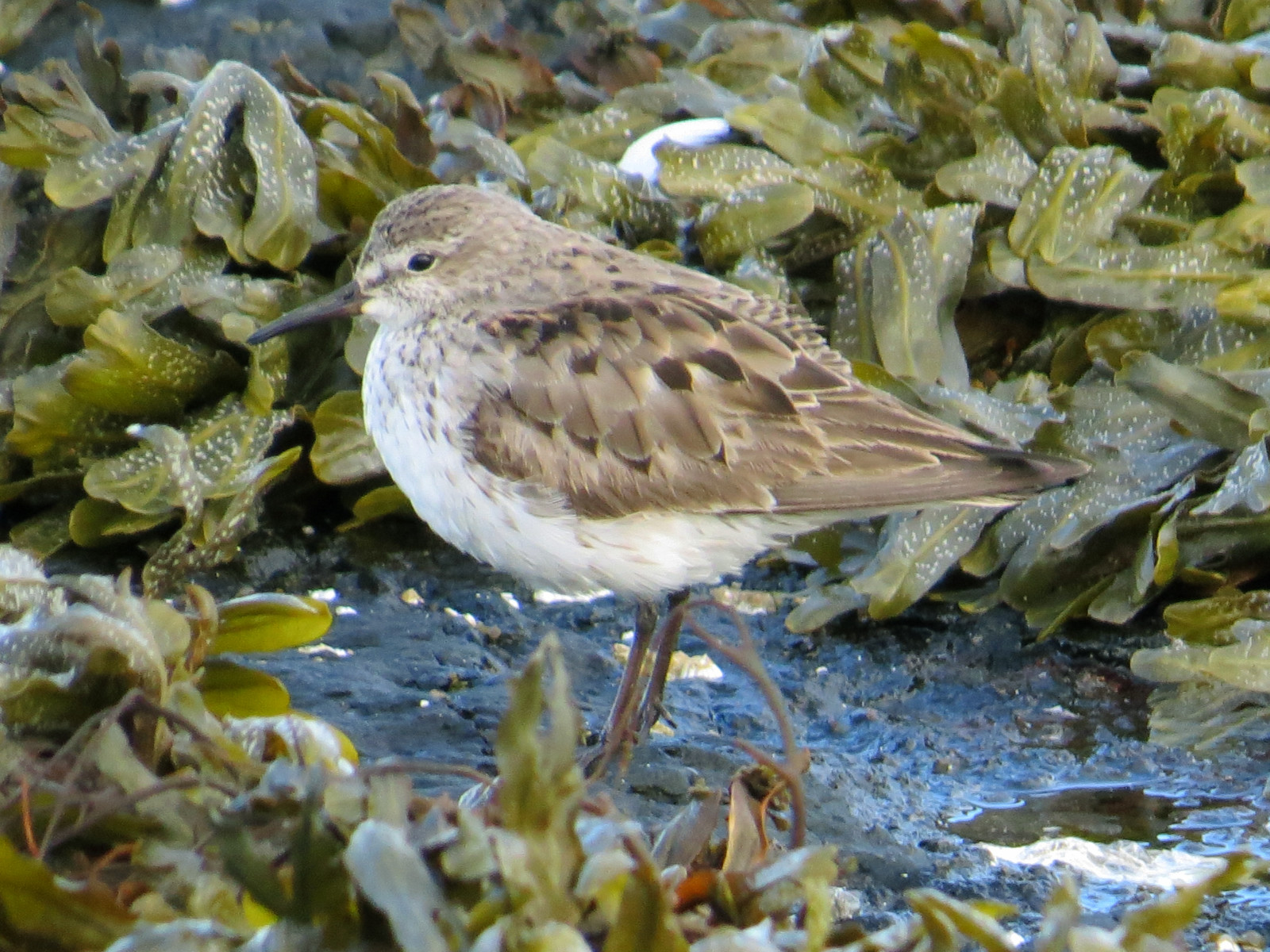Beschreibung
In Bamburgh wintering waders and sea ducks are a speciality, best seen from Stag Rocks, a low rocky promontory 1 km northwest of the village. Regular sightings include Trauerente, Samtente, Eisente, Eistaucher, and Ohrentaucher. A large flock of Meerstrandläufer is also regular there, and single vagrant Pazifiktrauerente and Bonapartemöwe have been returning visitors in late autumn and winter for the last 12 years (the Bonapartemöwe has returned for its 12th season in October 2024). Sea-watching is also excellent, for ducks, gulls and divers in particular. Another 2 km further on is the tidal Budle Bay, attracting wintering waders and wildfowl. In winter the fields surrounding Budle Bay attract wildfowl, especially Kurzschnabelgans, Weißwangengans, and Singschwan. Raptors and owls are seen regularly.
Details
Zugang
Main car parking at east end of village, with smaller parking available off lane west, towards Bamburgh Golf Club. Parking for Budle Bay is at Waren Mill, on the B1342. Bamburgh is accessible by bus - services X18 (Newcastle to Berwick, via a coastal route) and 418 (Alnwick to Belford). Nearest rail station is at Berwick, 20km north, from where it is possible to cycle, but advisable to avoid using the A1 trunk road.
When using the coastal public footpath north from Stag Rocks, beware of golf balls; keep an eye out for golfers and respect their play.
Terrain und Habitat
Vereinzelte Bäume und Büsche , Grasland, Wiesen , Meer , Dünen , Strand , SchlammflächenBedingungen
Flach , Offene Landschaft , Hochwasser möglich , Sandig , FelsigRundweg
NeinIst ein Spektiv nützlich?
JaGute Beobachtungszeit
GanzjährigBeste Beobachtungszeit
Winter , Frühjahrszug , HerbstRoute
Schmaler Pfad , Normaler Weg , asphaltierte Straße , unbefestigte StraßeSchwierigkeitsgrad der Tour
DurchschnittlichErreichbarkeit
Fahrrad , Auto , zu FußBeobachtungshütten oder -türme
NeinZusätzliche Informationen
The name Stag Rocks derives from a white painting of a stag on the rocks just above the high water mark, southeast of the lighthouse.



